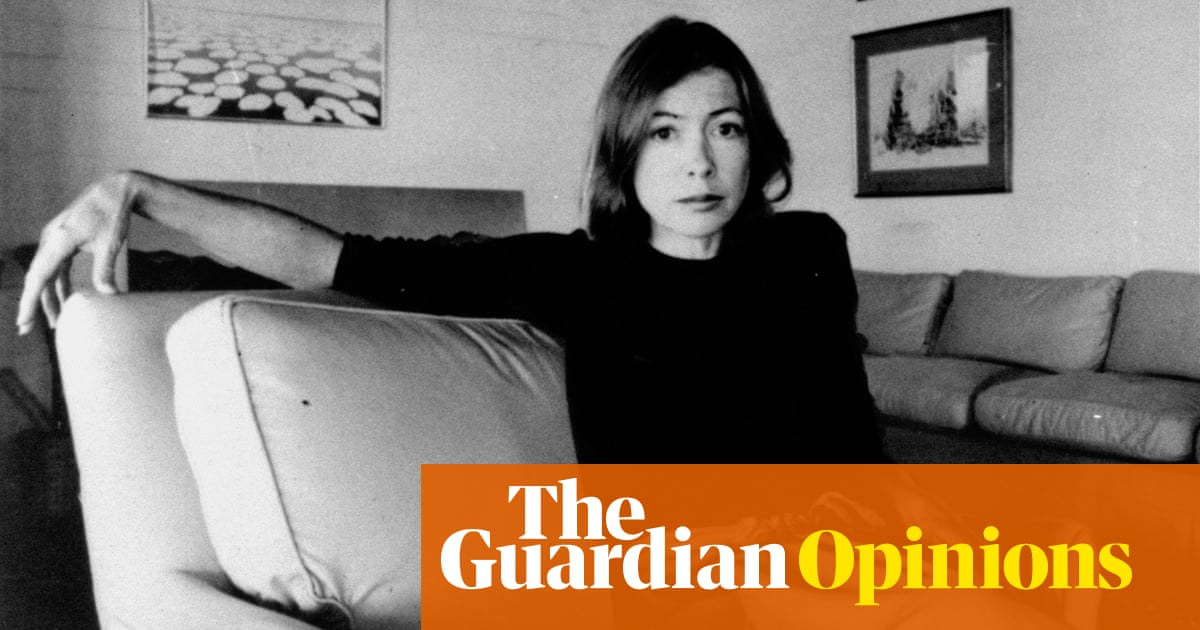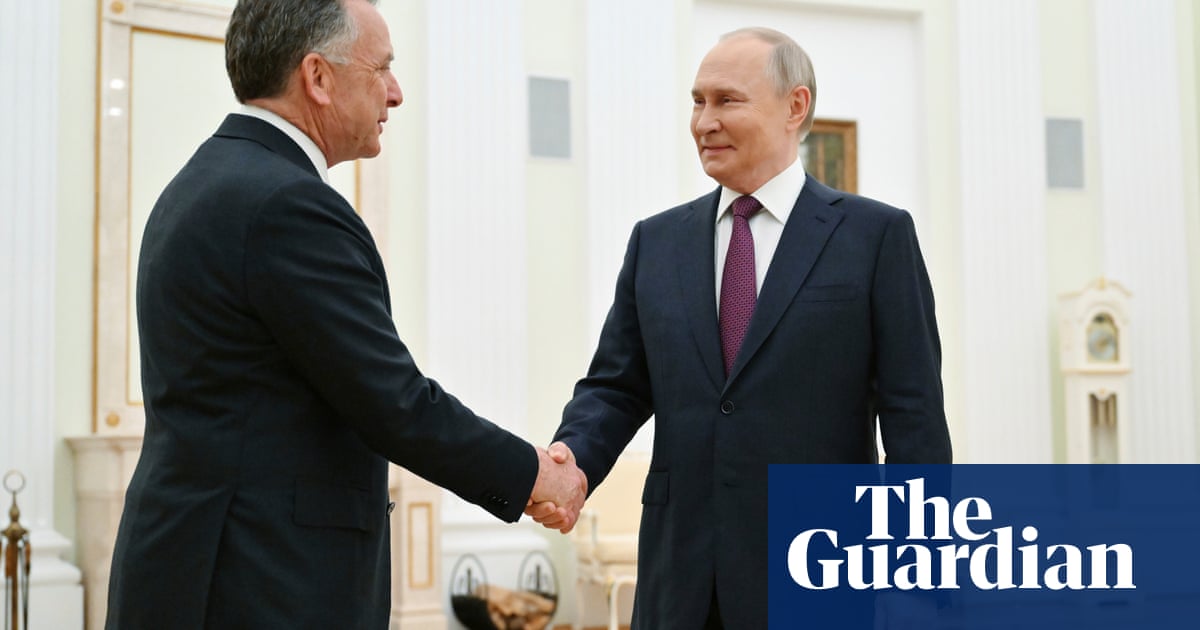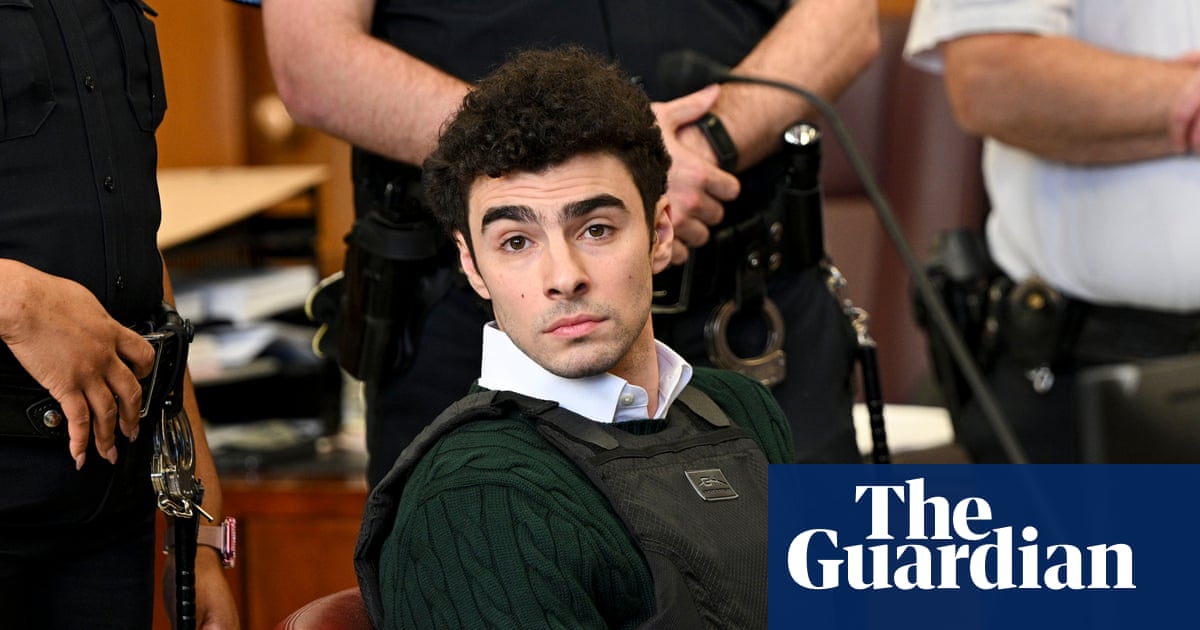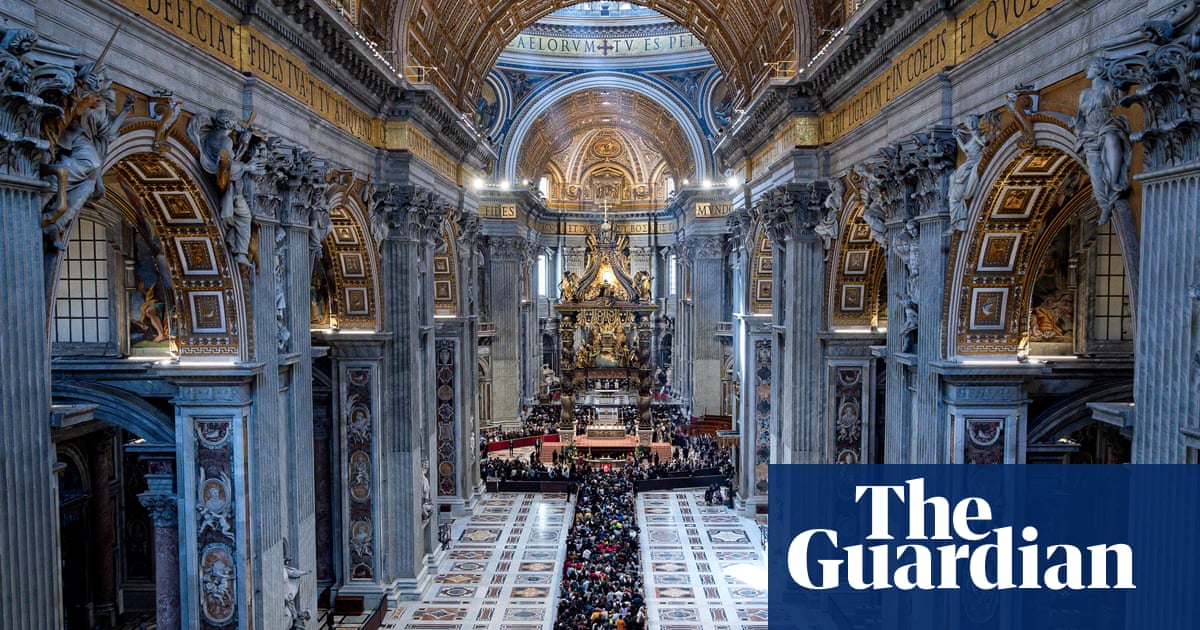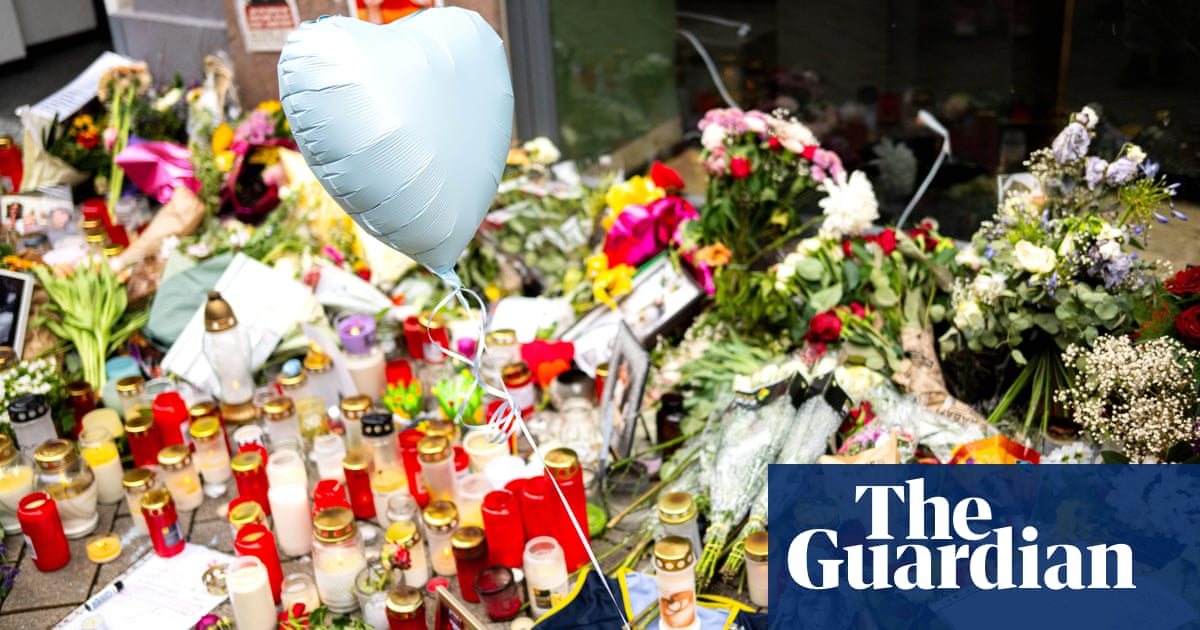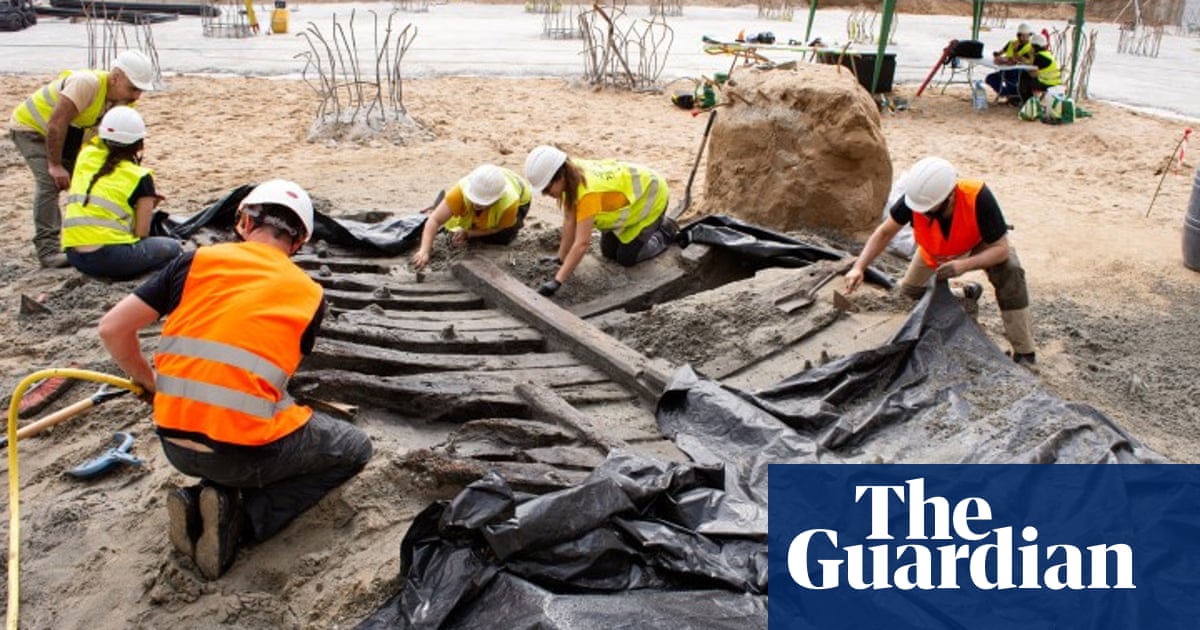The 20th century is a cruel farce performed by puppets in a cardboard museum in South African artist William Kentridge’s grotesquely funny, constantly disconcerting film interpretation of Shostakovich’s 10th Symphony. Lenin and Stalin, their faces’ photographs fixed on jerky figures made from scraps, transforming sporadically into living dancers hidden under collaged costumes, monstrously dominate a puppet cast that also includes the bullish-looking but revolutionary poet Vladimir Mayakovsky along with Trotsky and Shostakovich himself.
It would be stirring in an art gallery with recorded music, but on a big screen in the Royal Festival Hall above Marin Alsop conducting a gripping performance by the Philharmonia Orchestra as part of the Southbank’s Centre’s multidisciplinary Multitudes festival, it became a magic key to both the music and the age of betrayal and mass murder it witnesses.
Shostakovich said of his 10th Symphony, “It’s about Stalin and the Stalin years” – as blunt an explanation of a work you’re ever likely to hear from a composer. It was premiered in December 1953 following Stalin’s death in March that year, freeing Shostakovich and other musicians from the dictator’s unbearably attentive grip – except poor Prokofiev, who died the same day as Stalin. So many had died, including Kentridge’s artistic hero Mayakovsky, who shot himself in 1930 as illusions collapsed about Stalin’s meat-factory regime.
Biographers and musicologists argue over Shostakovich’s apparently political symphony – did he write it all after Stalin died? The brilliance of Kentridge’s film, perfectly in sync with each unnerving crescendo and melancholy trough, is that it makes you see through such quibbles and feel the majesty and pathos of this music from the darkest times of the 20th century.

The crux of discomfort came in the painfully fast second movement alongside rapidly edited, montage-manic images and proclamations such as “Comrade life, march faster!” and “We’ll chase humanity into happiness with an iron fist!” These futuristic lines by Mayakovsky became all too bloodily real when Stalin started the Five-Year Plans in 1928, to speed up economic history by enforced collectivisation and slave labour, along with purges that killed millions.
Kentridge’s film opens with lyrical photographs of revolutionary crowds in 1917, but more and more faces are then ringed with pen as if marked by Stalin for death. As the title implies, his film sees the seizure of power by the Bolsheviks in 1917 as the birth of a failed utopia, but a failed utopia is still a glimpse of hope.
Archival discoveries after the fall of the USSR have revealed a bleaker picture of Lenin and his party. But the artists inspired by 1917 certainly did think they were building utopia and it is their aesthetic disruptions, from Mayakovsky’s futurist lines to the art of Vladimir Tatlin, El Lissitzky and Kazimir Malevich and the radical film editing of Sergei Eisenstein and Dziga Vertov that give Kentridge’s film its energy.
But it’s all ironised. A hand reaches into the Museum of Stalinism to reveal this immersive, labyrinthine space is actually just a small model made from cardboard. All the brave pronouncements are the jerky bombast of tiny puppets. And it ends in a graveyard. In the same way, echoes of modernist music in Shostakovich’s 10th Symphony are framed by quotation marks. You are left with an infinitely sad and traumatised lyricism as Shostakovich and Kentridge remember the millions of Russians, Ukrainians and other nationalities slaughtered by the world’s first Communist state between 1917 and 1953. The multitudes.

.png) 3 hours ago
3
3 hours ago
3

